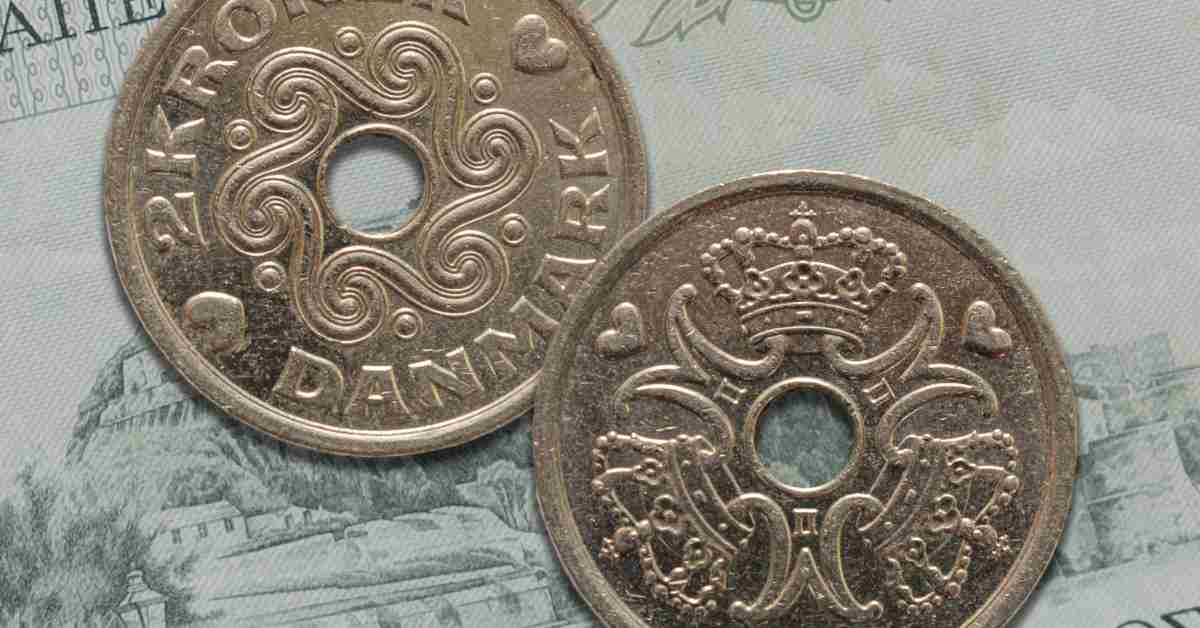Despite recent improvements in Denmark’s personal economy, many remain highly concerned about the possibility of renewed Danish inflation, particularly following the results of the U.S. presidential election.
Economic Pressure Eases but Uncertainty Persists
A new analysis from Finans Danmark reveals that although Denmark has emerged from the intense economic pressure of recent years — marked by high inflation and rising interest rates — many households continue to worry about their financial future. In 2024, nearly 20% of Danes reported feeling financially stressed. In 2025, that number has improved slightly, with about 15% now saying they feel economically strained. However, this remains higher than pre-crisis levels, when only 10% reported similar concerns. Many families are still worried about Danish inflation, and the financial pressure hasn’t fully gone away.
The current financial landscape is bolstered by strong macroeconomic indicators: Denmark has seen rising employment figures and stable job creation. These factors helped wages climb significantly throughout the private sector over the last three years, which in turn has largely restored purchasing power for many Danes. Still, this recovery has not been equal for all, and public sentiment reflects lingering doubt. Even though the numbers are looking good, it doesn’t always feel that way to everyone.
Consumer Confidence Drops After U.S. Election
A notable decline in consumer confidence has been observed following the recent U.S. presidential election. According to new survey data conducted by Epinion for Finans Danmark, 10% of the population is worried about their household finances in the coming year. Among this group, over two-thirds cite inflation and/or interest rate hikes as their top-three concerns. For about one-third, it is the single most important concern.
This trend marks a departure from past economic cycles. Prior to the inflation crisis of 2022, Danes traditionally viewed their economy as resilient and rarely feared for their personal finances even in times of broader economic uncertainty. The experience of surging prices and rising interest rates has changed that outlook significantly.
In fact, perceptions of everyday price increases remain elevated, even though actual inflation rates have stabilized. Many continue to believe Danish inflation is higher than it is, largely due to comparisons with grocery costs from just a few years ago. Items that were once taken for granted — such as household staples — now serve as daily reminders of economic vulnerability.
Danish Inflation Fears Tied to Global Politics
Adding to the unease is the outcome of the recent U.S. presidential election, which elevated concerns about inflation among Danish consumers. Nearly half of respondents said that decisions made by the newly elected American administration rank among the top three concerns impacting their personal finances.
The renewed presence of Donald Trump in American politics is playing a notable role in shaping global expectations, including those related to trade policy, interest rates, and overall market stability. The Danish financial sector, closely linked to global economic developments, feels the ripple effects of political turbulence abroad — and Danish households are aware of this interconnectedness.
Following the election, Denmark’s consumer confidence index took another sharp fall, underlining the impact of international events on domestic sentiment. Although Denmark’s economic fundamentals remain solid, trust in those long-term prospects can be vulnerable when external uncertainties grow.
Resilience Tested by Uncertainty
Even as Denmark posts positive indicators — including an upward trend in home loan applications and increased economic activity — public feelings remain mixed. A recent report showed a 34% increase in property loan approvals in the second quarter of 2025 compared to the same period last year. Nonetheless, this uptick in financial activity does not fully translate into optimism about the broader economic future.
Danes are entering a new era of financial risk awareness. The steady environment of low inflation and near-zero interest rates that defined most of the past decade is gone. As a result, Danish consumers are recalibrating their long-term expectations and remaining cautious, even as their immediate circumstances improve.
While the country is far from a crisis situation, the combination of global political shifts, inflated price memory, and awareness of economic fragility means that recovery in consumer confidence may lag behind the recovery in economic data.
Looking Ahead
Denmark’s economy is well-positioned going into the second half of 2025, with robust wage growth, declining unemployment, and expanding investment in housing. However, the psychological aftermath of the Danish inflation crisis and external political factors continue to weigh heavily on Danish households.
The return of price stability alone may not be enough to restore full confidence. Policymakers and financial institutions will need to consider not just economic conditions, but the perceptions and expectations shaped during one of the most volatile periods in recent history.




